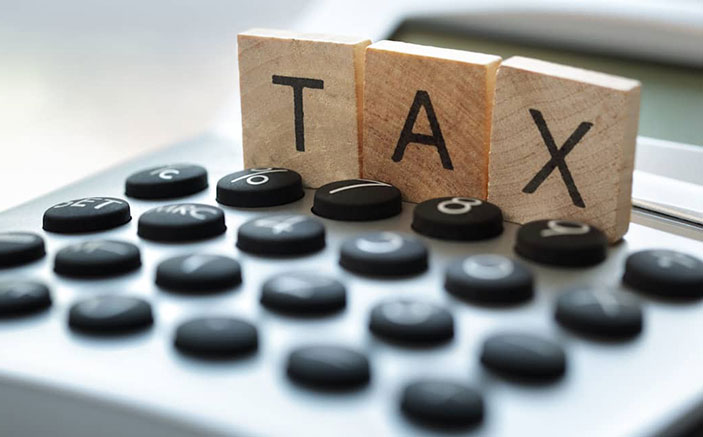The Council of Ministers has approved the new municipal capital gains tax, after the Constitutional Court declared some aspects illegal, such as the calculation of the municipal tax, de facto annulling its application.
The Ministry of Finance, led by María Jesús Montero, already announced last week that a quick legislative solution would be launched, urged in part by the Spanish mayors, to avoid a sinkhole in the coffers of the consistories.
What is it and what has happened to the capital gains tax?
The capital gains tax is applied by the town halls to tax the benefits that a person obtains when he sells, donates or inherits a home, if it is compared with the value that that property had at the time of purchase.
What happened was that the Constitutional Court considered last week that the system used to calculate the amount applicable to the tax was illegal. In this way, the collection of the more than 2,500 million euros per year that the councils enter for the so-called capital gain was suspended.
A new capital gains tax designed by the Treasury
The Ministry of Finance started to design a new capital gains tax, in which, in reality, only the way it is calculated changes. From now on, there will be two options and taxpayers will be able to choose the one that compensates them the most or, in other words, is more favorable to them.
Option 1. The capital gains tax will be calculated on the cadastral value of the year in which the property was purchased and the year of sale, updated annually.
Option 2. The difference between the cost of the purchase and the cost of the sale will be calculated.
With this, in addition to complying with the law, what is sought is that a person does not have to unfairly pay the capital gains tax if the value of the property has not increased since what he bought, at the time of making the sale.
When carrying out the calculation, the taxpayer will be able to check the difference between both data and the differential on which the calculation will be made. In this way, even if the differential is the same, the seller will always be better off using the lowest resulting data of these two options.
And if I sell at a loss, will I have to continue paying the municipal capital gain?
No, not in this case. In fact, this is the main problem that is solved with the new design of this tax, which prevents a person who sells a property for a value lower than the one he bought it from having to pay the capital gain.
If in some case the house is sold more expensive, but the cadastral value is lower (which can hardly happen), the calculation would be made through the two options proposed by the Ministry of Finance and, from there, it could be chosen the most convenient and, therefore, pay a lower amount to the treasury.
How will the new municipal capital gain be liquidated from now on?When the tax just designed by the Government is published in the BOE we will have the opportunity to add all the particularities that are indicated in the legal text. Of course, we must bear in mind that it will continue to be the city council that will calculate the amount to be paid and we will have to pay it.
It is important to bear in mind that, especially at the beginning, the difference in the cadastral value can continue to be used by default to perform the calculation. You should know that all taxpayers have the opportunity to claim for 30 days to request a new calculation, if we consider that the other option may be more favorable for our pocket.

























































